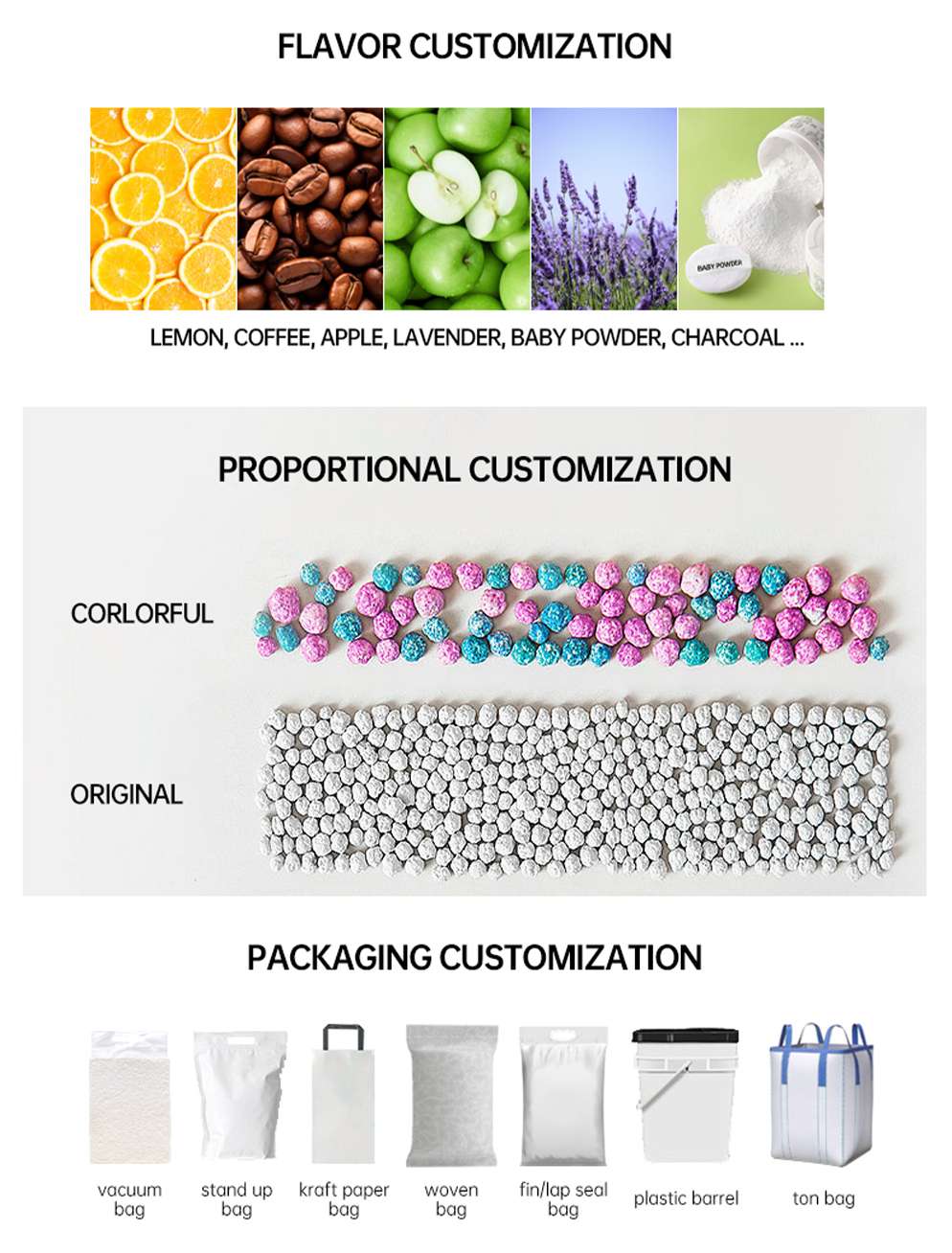pellets cat litter factory
The Rise of Pellet Cat Litter A Look into the Factory Production Process
In recent years, the cat litter market has seen remarkable innovations, with pellet cat litter emerging as a preferred choice for many pet owners. Known for its superior absorbency and low dust production, pellet cat litter presents an appealing alternative to traditional clumping clay litters. This article delves into the production process of pellet cat litter, exploring the factory operations that contribute to its popularity.
Understanding Pellet Cat Litter
Pellet cat litter is typically made from wood, paper, or other sustainable materials compressed into small pellets. This format allows for excellent absorption of moisture, effectively neutralizing odors and keeping the litter box dry. Unlike traditional clay litters that might create a dusty environment, pellet litters often contain fewer airborne particles, making them a healthier choice for both cats and their owners.
The Manufacturing Process
The production of pellet cat litter begins with the sourcing of raw materials. Factories often select recycled wood shavings, paper products, or even agricultural by-products as the primary input. This not only helps in waste reduction but also promotes an eco-friendly approach to pet care.
Step 1 Material Preparation
Once the raw materials are sourced, they undergo a preparation process. This involves grinding wood or paper into smaller fibers, which increases the surface area for compression. The preparation phase is crucial as it dictates the texture and absorbency of the final product.
Step 2 Pellet Formation
The next step involves compressing the prepared materials into pellet form. This is achieved using specialized machinery that applies high pressure to the material, forcing it through a die. As the material exits the die, it is cut into uniform pellets. The uniformity of the pellets is essential as it ensures consistent performance in the litter box.
pellets cat litter factory

Step 3 Drying
After pellet formation, the moist pellets are subjected to drying to remove any residual moisture. Proper drying is vital; it prevents the pellets from breaking down prematurely in the litter box and ensures they remain effective at absorbing liquids. This step is often conducted in a controlled environment to maintain optimal drying conditions.
Step 4 Quality Control
Quality control is a stringent process in pellet cat litter production. Each batch is tested for absorbency, dust levels, and pellet hardness. These tests ensure that the final product meets industry standards and customer expectations. Consistency in quality is crucial to brand trust and customer satisfaction.
Step 5 Packaging and Distribution
Once the pellets pass quality checks, they are packaged for distribution. Factories typically use eco-friendly packaging options that reflect the sustainable nature of the product. Afterwards, the packaged cat litter is distributed to retailers and online platforms, making it accessible to cat owners.
The Environmental Impact
An important aspect of pellet cat litter manufacturing is its environmental impact. Many pellet brands prioritize sustainability by using renewable and recycled materials, reducing landfill waste, and minimizing their carbon footprint. This commitment to the environment appeals to eco-conscious consumers increasingly looking for green alternatives in pet care.
Conclusion
The production of pellet cat litter in factories reflects a harmonious blend of innovation and sustainability. With the increasing preference for more natural and efficient pet care products, pellet cat litter stands out as a remarkable solution. It not only enhances the quality of life for cats and their owners but also champions a more sustainable approach to pet ownership. As pet owners continue to seek effective and environmentally friendly solutions, the future of pellet cat litter production looks bright and promising.







